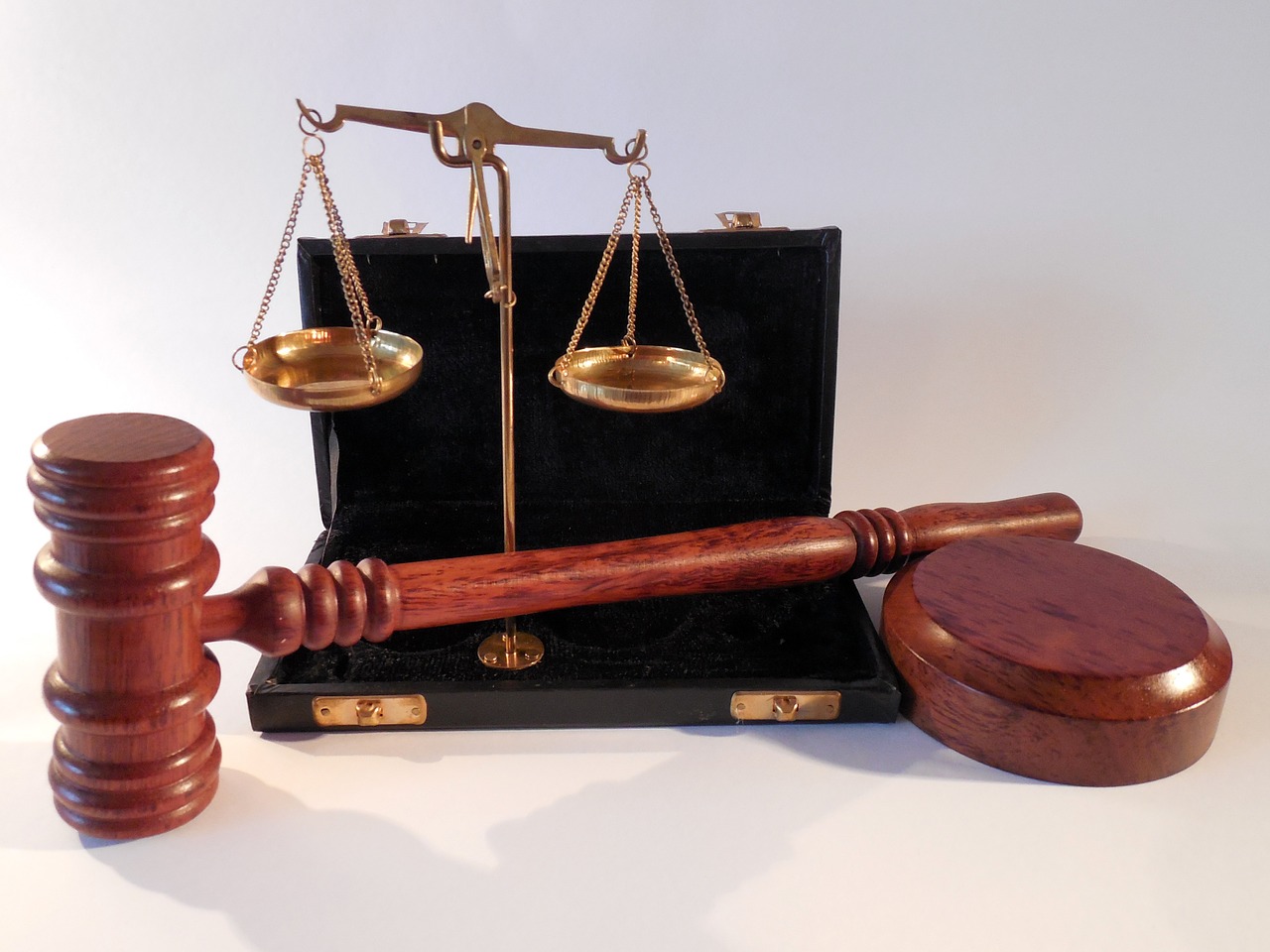As the rise of technology becomes more integrated into our everyday lives, federal regulatory agencies are tasked with trying to keep up with ever-changing technological advances. But state and local governments on one side and the federal government on the other come into conflict when it comes to regulating technology. This effort by federal regulatory agencies, unfortunately, has many consequences for the consumer and firms attempting to enter the market.
[timeless]
Q2 hedge fund letters, conference, scoops etc

While the federal regulatory state has relatively left the information technology companies such as Google, Facebook, and Amazon alone, emerging technologies are experiencing difficulties freely entering or existing in the market when battles between different levels of government occur.
Federal Regulations Squash Free Market Function
Emerging technology such as drones and medical tech are all confronting a single common problem: federal regulation. For society to freely benefit from emerging technologies, the objective would be to reduce the regulatory role of the federal government, remove barriers to entry to the market, and allow free and open competition to determine the course of that technology.
There is not a reasonable “one size fits all” approach to regulating drone technology, for example.
Technology should be changing the regulatory model in ways that benefit the consumer, not what benefits the federal government. For example, according to a survey, more than two-thirds of American citizens don’t support a federal institution of drone regulation. Previous federal efforts such as the Federal Aviation Administration Reauthorization Act attempted to assign the FAA to be the primary regulator of drones which would have preempted state and local governments from passing their own laws. This battle still continues to be fought.
If we allow the federal government to dictate regulatory authority over state and local governments, then only the people suffer. There is not a reasonable “one size fits all” approach to regulating drone technology, for example, because people might use the technology in different ways in different areas within the state and local jurisdictions.
The federal effort to trump state and local governments’ authority could lead to disastrous results if the roles of each are not properly defined. State and local governments’ role should be to interact with their communities to make laws that best meet the needs of their citizens. The role of the federal government should be to promote voluntary cooperation in a free market so this type of technology can be made available in state and local economies where everyone can enjoy the benefits.
Federal Influence Skews Investment
The best way this technology can be made available to everyone while allowing producers to enter the market is by removing the regulatory hurdles that exist in economic, social, and administrative areas. Some regulations are an inherently negative prospect for society because they steer the course of entrepreneurial innovation by imposing: economic regulations which reduce research and innovation and create uncertainty and costs of development, social regulations which place technical requirements that direct research, and administrative regulations which establish “ground rules” that are managed by government of the private and public sectors.
Once investors are discouraged from investing, innovation becomes stifled.
Medical technology is one example of where economic regulation is negatively affecting the health care industry. The U.S. Food and Drug Administration (FDA) burden discourages health care investment because investors are uncertain of the FDA approval process so costs, time, and unpredictability become the factors of concern and apprehension for investors. Once investors are discouraged from investing, innovation becomes stifled. This example highlights what happens when the federal government’s regulatory power is exercised more broadly.
The federal government’s “one size fits all” approach should be eliminated when it comes to issues pertaining to state and local matters that can be handled more effectively in the state and local domain. In a true free market, the private sector can self-regulate technology either through competition to produce the best and safest product or through private third-party agencies that have an incentive to evaluate companies and provide safety and quality assurance to the consumer.
It’s the federal government’s role to allow producers to have that opportunity to enter the market so free-market competition can blossom and follow its natural course that history demonstrates will always produce the best results for a free and open society.

Nicholas DeSimone
Nicholas DeSimone is a policy researcher for Reason Foundation in Washington, D.C. He holds a B.A. in Philosophy, Politics, and Economics from the University of Pennsylvania in Philadelphia and has written for Reason Foundation, The Daily Caller, Townhall.com, New Jersey Libertarian Party, and Penn Political Review. Follow him on Twitter.
This article was originally published on FEE.org. Read the original article.
![]()

